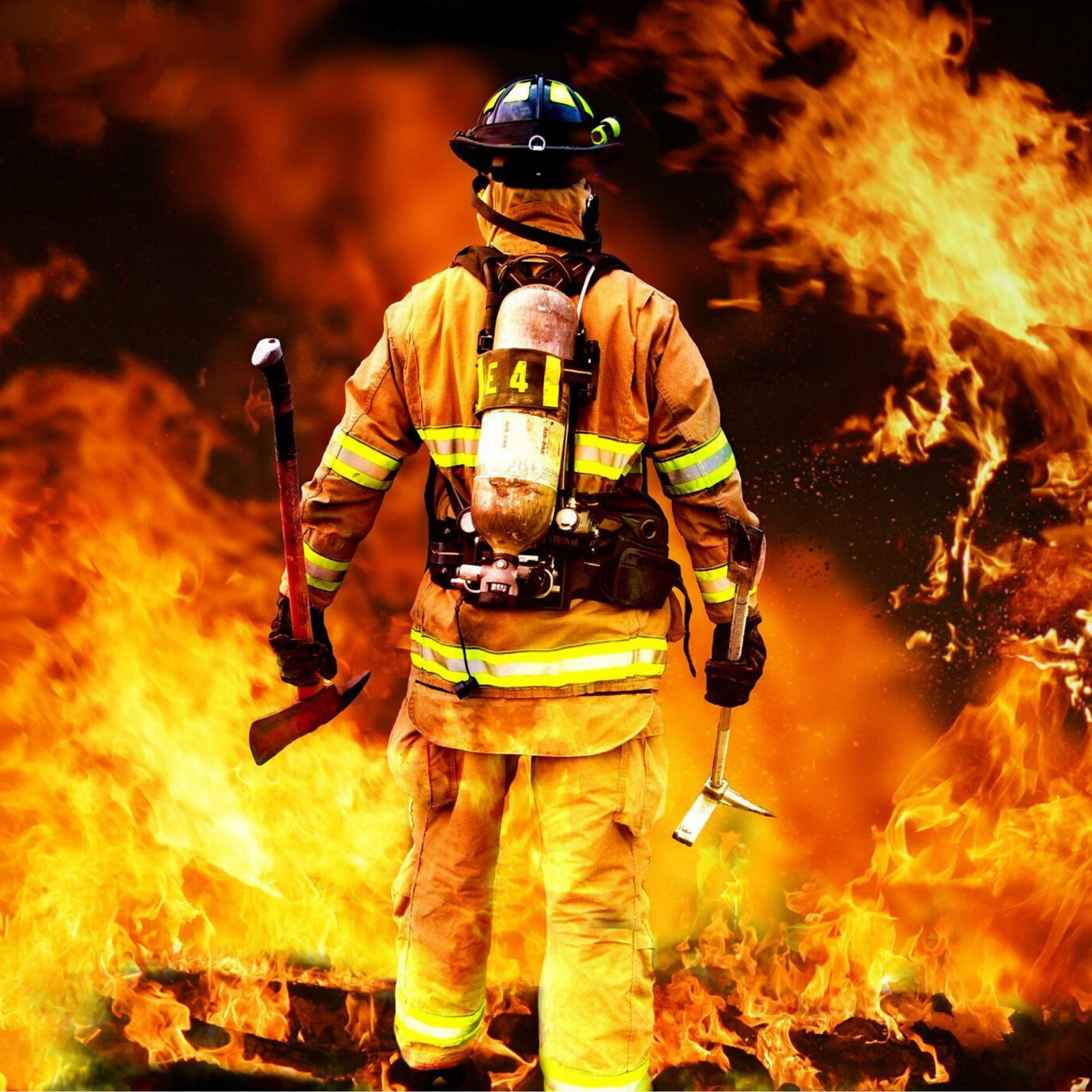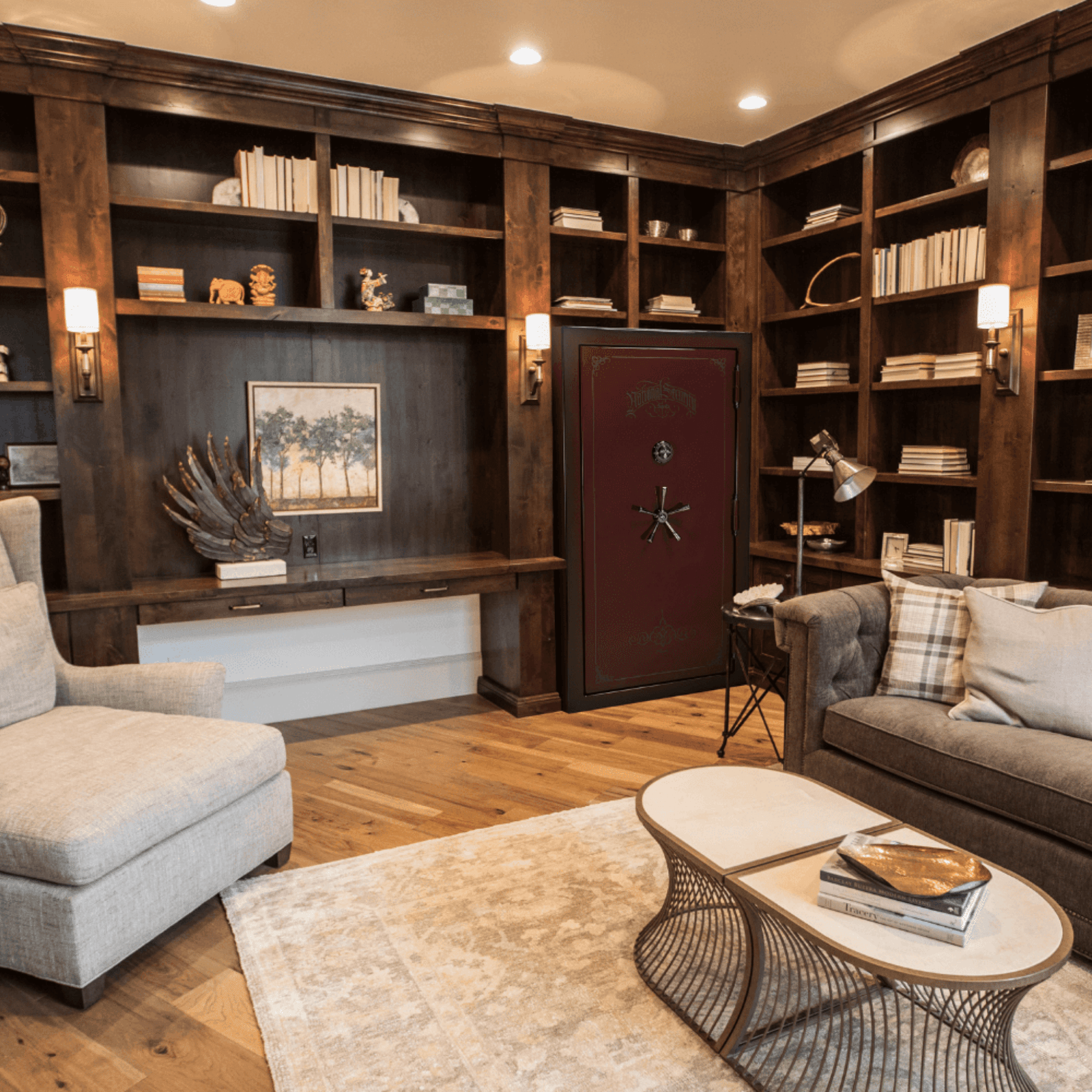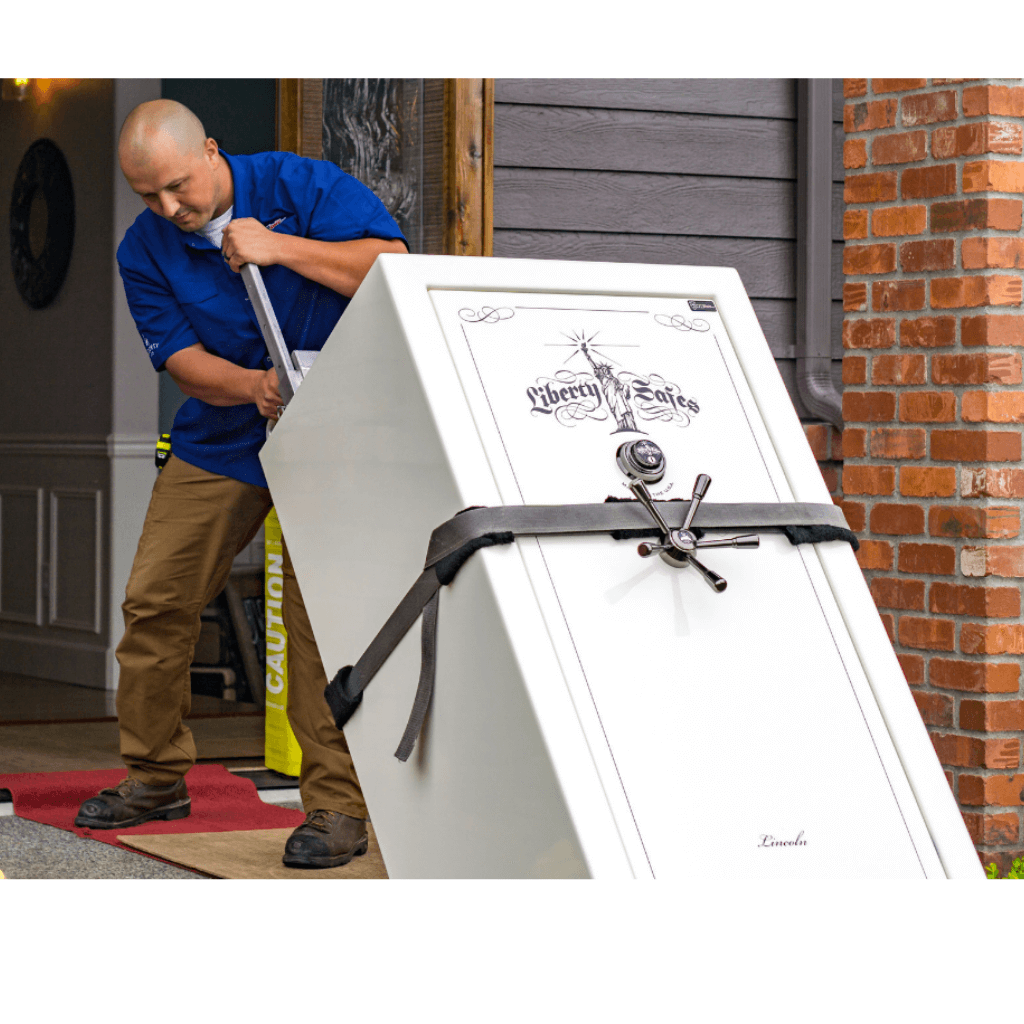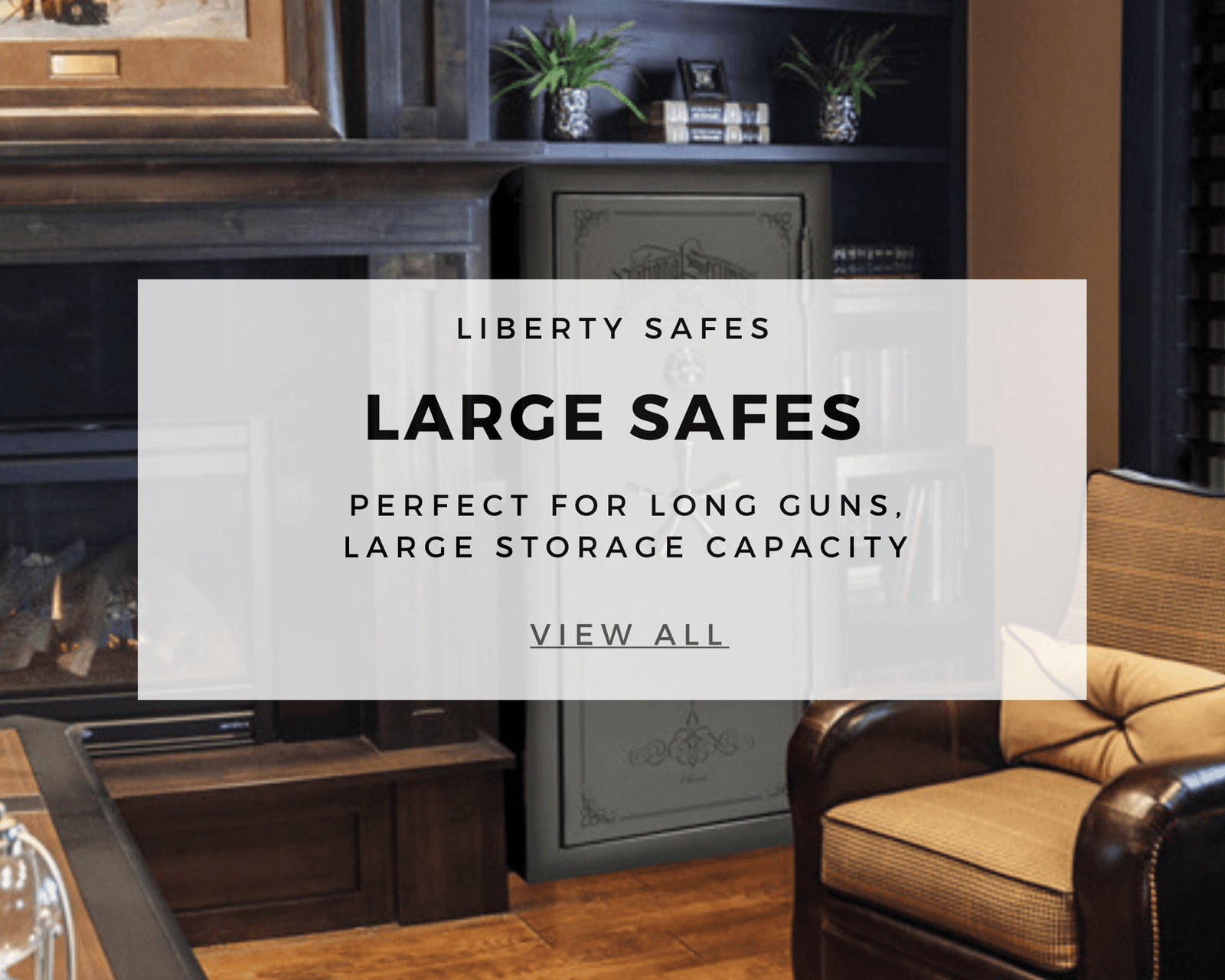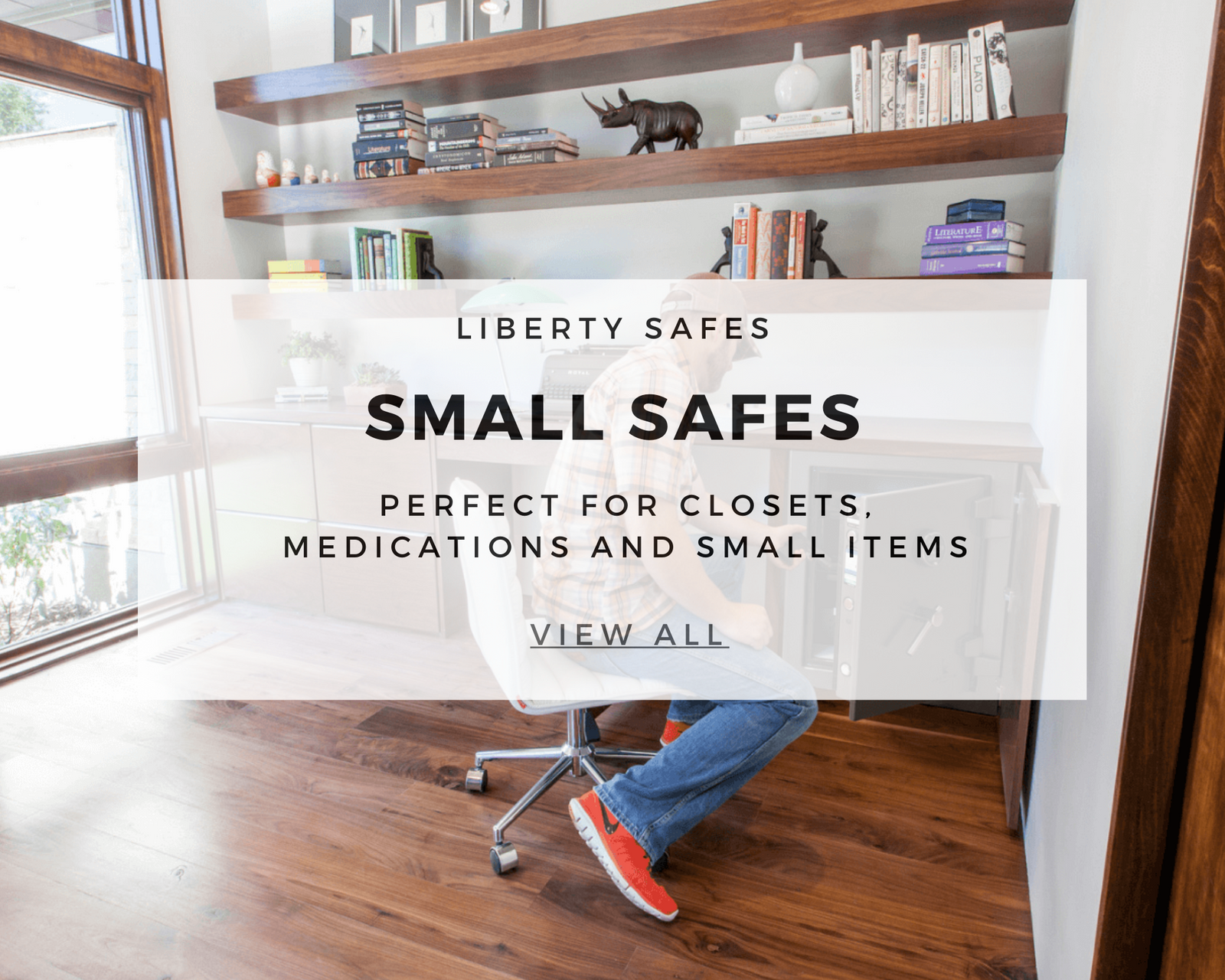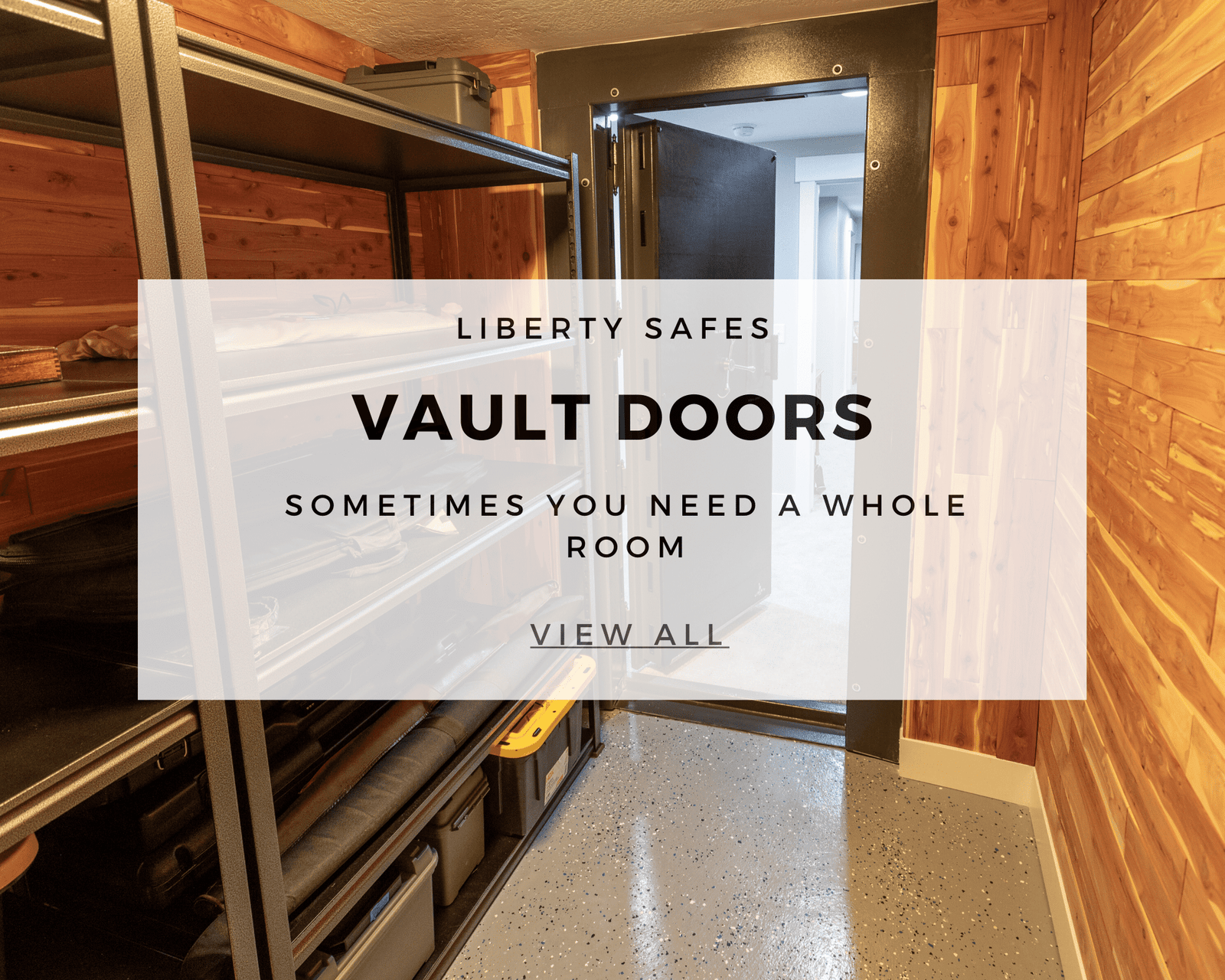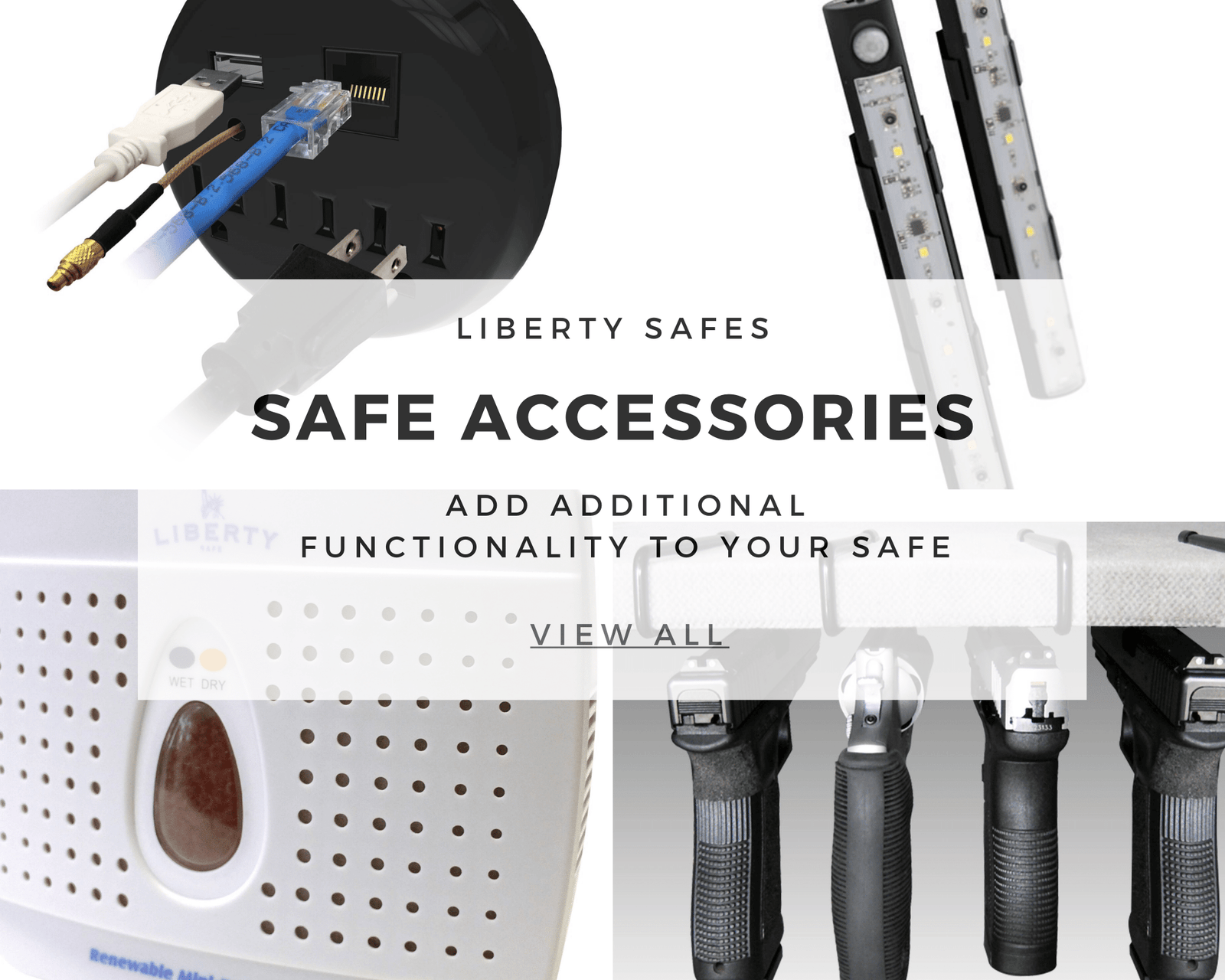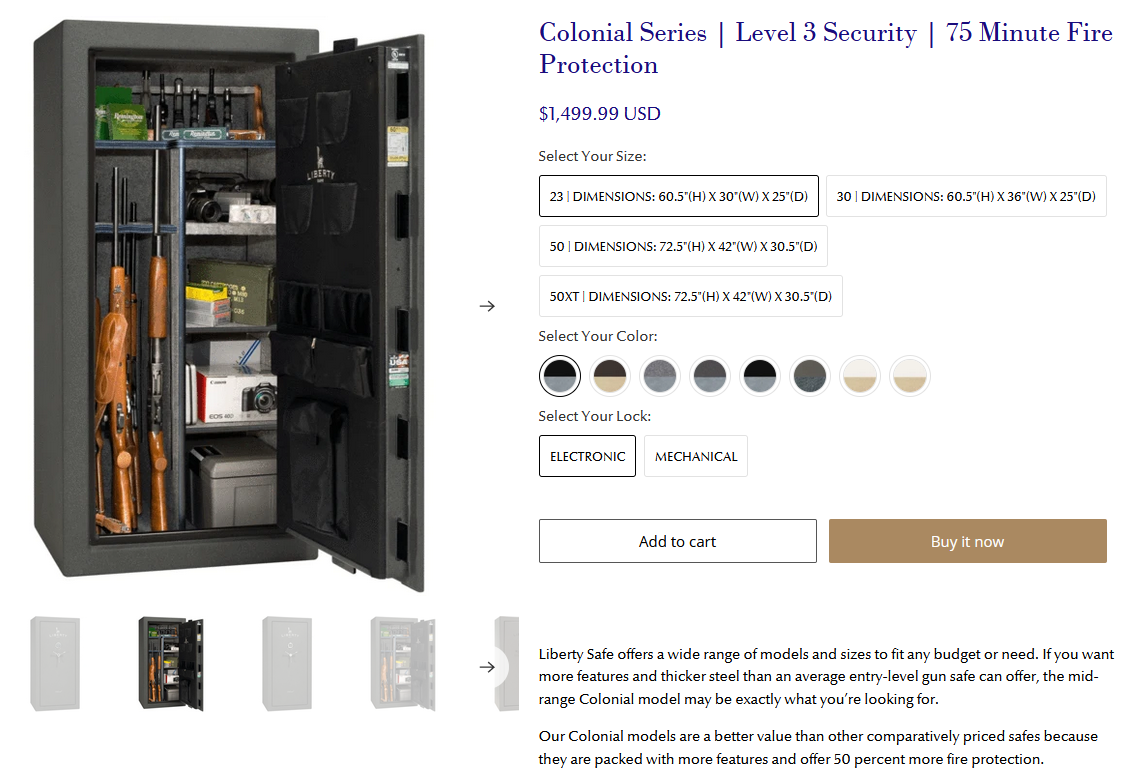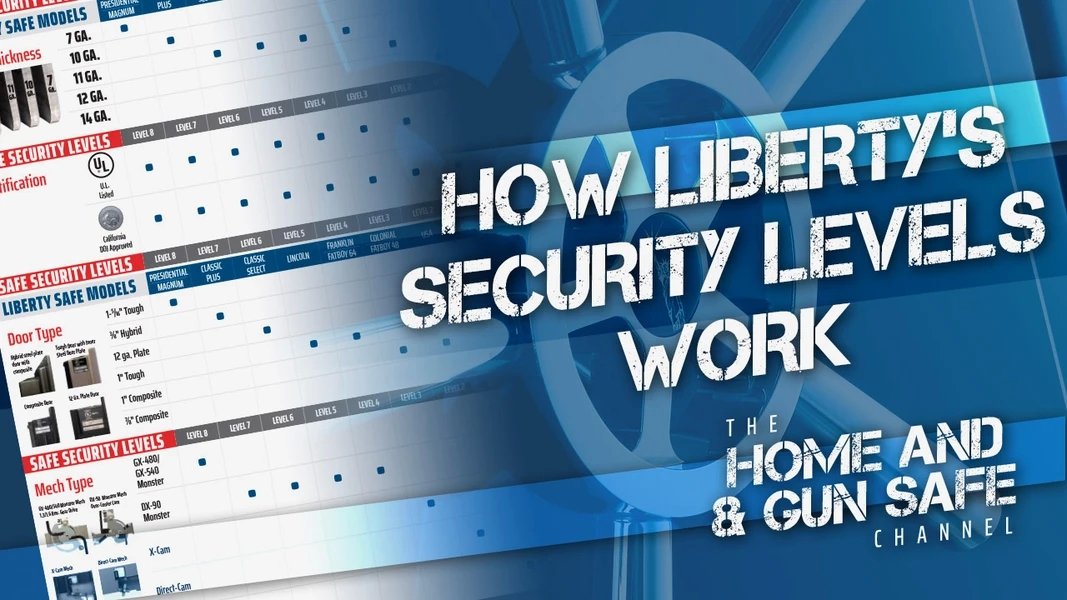
Our team here at Liberty is dedicated to making sure you get the perfect gun safe for you. We know that at first glance, many safes look the same. But it’s what’s inside our safes that makes a big difference.
That’s why we created a simple security ranking system for all of our full-sized safe models. You’ll see these ratings listed on our website, and in our catalog.
To create these ratings, we use 6 criteria:
- Steel thickness
- Third-party certification
- Door type
- Locking mechanism
- Locking bar thickness
- And lock guard type
Steel Thickness
The bodies of our safes are made from steel of different thicknesses. This affects both the security and fire protection the safe offers. Obviously, the thicker the better. The trick here is to remember that when it comes to steel gauge, the smaller the number, the thicker the steel. So, 7-gauge steel is thicker than 10-gauge steel.
And even though the gauge numbers may not seem that different, there’s a substantial difference in the strength and security thicker steel offers. For example, 12-gauge steel is nearly twice as strong as 14-gauge steel. 10-gauge steel is nearly twice as strong as 12-gauge steel, and 3.8 times stronger than 14-gauge steel. The thicker the steel that a safe model has, the higher the security level it earns in our ranking system.
- 12-gauge steel = 1.96 times stronger than 14 gauge
- 10-gauge steel = 1.94 times stronger than 12 gauge
- 10-gauge steel = 3.8 times stronger than 14 gauge
Certification
Certification refers to whether or not a safe has been verified by Underwriters Laboratories, or UL. UL is an independent safety certification company that evaluates the effectiveness of many products. In order for a safe to be UL listed, both the safe body and the lock must meet UL’s requirements. That’s why it’s important to make sure your safe has a quality lock. Safes that are UL listed earn a higher security rating.
Door Type
All of our doors are precision cut from a single piece of steel to increase their strength and make sure they fit tightly against the safe body. The doors on our top-tier safes combine a steel plate with a thick composite door. This makes the door harder for thieves to bust through. It also increases the safe’s protection in the event of a house fire. The better the door, the higher the security rating.
Locking Mechanism
The fourth category refers to the type of locking mechanism on the safe. This isn’t the external lock — it’s the mechanism inside the door. It’s activated when you unlock your safe, and it retracts and then reengages the locking bars that keep your door shut. Better locking mechanisms make it harder for a robber to bust into your safe.
Locking Bars
Military-style locking bars are exclusive to Liberty. Our engineers developed them, and they’ve made our safes virtually impossible to pry open. Other safe companies use round pins. These consist of steel pins attached to an angle bar. The problem? The weld where the pins are attached to the bar is a weak point that can be busted in a pry attack. This could let thieves get the door off your safe.
Our locking bars, on the other hand, are a heavy-duty, solid piece of steel. No weak connection points. No easy pry spots. They also offer more surface area of contact with the door frame, another huge advantage in a pry attack.
Our locking bars range from half an inch thick in our top-tier safes, to 3/16 in our entry-level models. The thicker the locking bar, the higher the security rating.
Lock Guard Type
Finally, we rank our safes based on lock guard type. All of our full-sized safes, even our entry-level models, have a lock guard. It’s a hardened steel plate that sits over the locking mechanism inside the door. This helps prevent thieves from drilling or punching through the door and opening the locking mechanism.
Our entry-level safes have a single hard plate. Our mid-range models come with a beefed up triple hard plate. And our premier safes have a ball-bearing hard plate that can easily snap drill bits if thieves try to break in. In fact, when Underwriter’s Laboratories evaluated our ball-bearing hard plate, they said it was one of the best designs they’d ever seen. Safes with better lock guards earn a higher security rating.
So, when you’re comparing Liberty Safe models, take a look at the security level.
Liberty Safe Security Levels by Model
- Centurion: Level 1
- USA: Level 2
- Colonial: Level 3
- Fatboy Jr.: Level 3
- Franklin: Level 4
- Fatboy: Level 4
- Lincoln: Level 5
- National Classic Select: Level 6
- National Classic Plus: Level 7
- National Magnum: Level 8
- Presidential: Level 8

